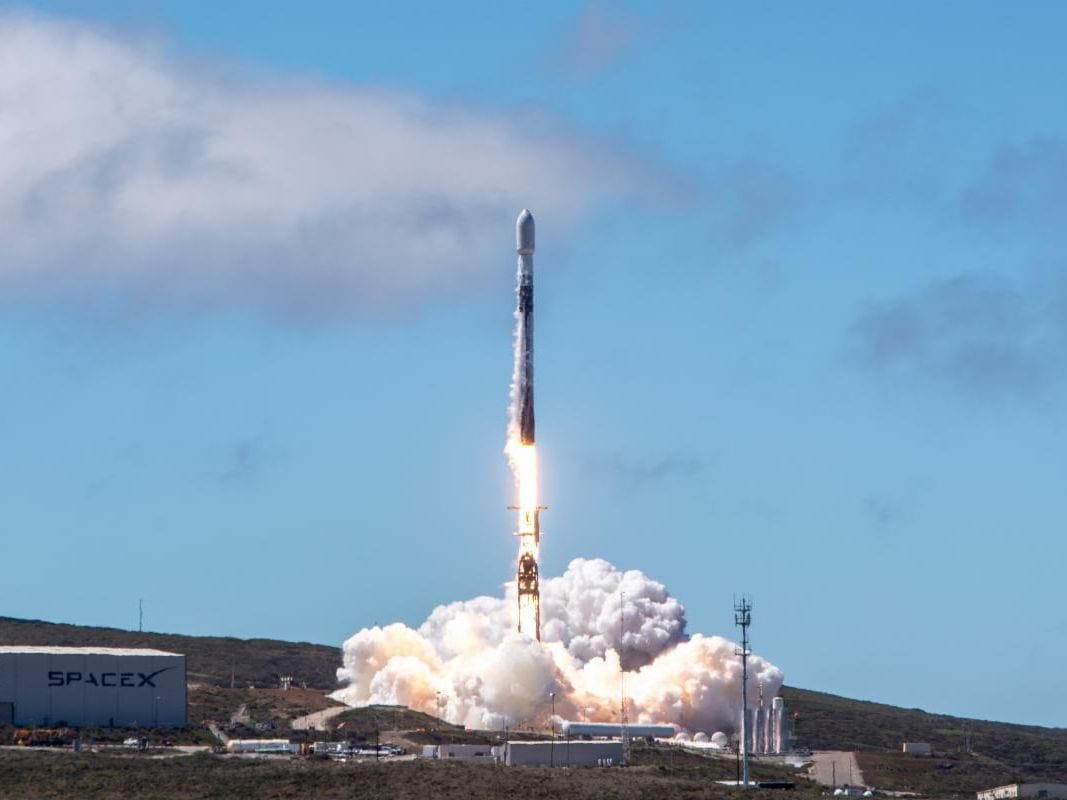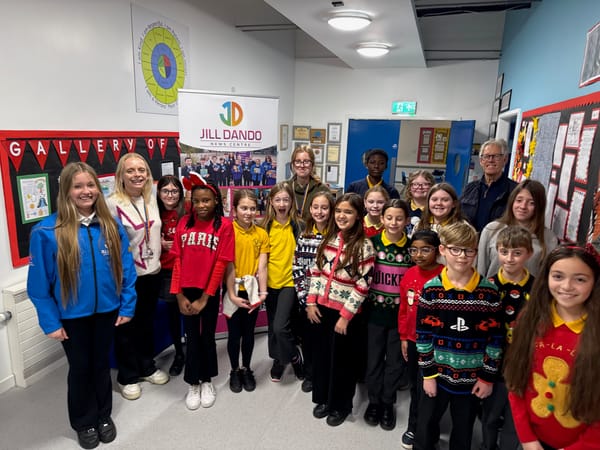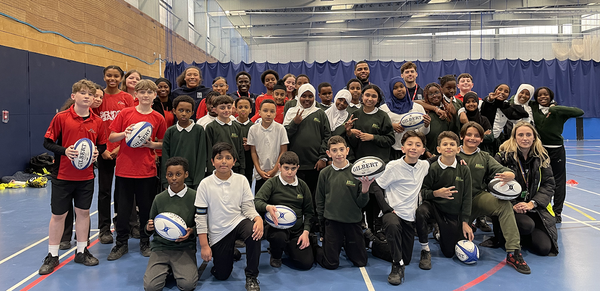NASA Launches Mission to Study Earth's Magnetic Shield

By Science Correspondent
NASA’s new mission, TRACERS, has launched successfully and will soon begin studying how Earth’s magnetic field protects us from space weather.
The twin satellites—short for Tandem Reconnection and Cusp Electrodynamics Reconnaissance Satellites—lifted off Wednesday at 11:13 a.m. PDT from Vandenberg Space Force Base in California aboard a SpaceX Falcon 9 rocket.
“These satellites will help us understand how the Sun affects Earth,” said acting NASA Administrator Sean Duffy. “What we learn could help future missions to the Moon and Mars.”
Flying just 10 seconds apart, the two TRACERS satellites will take more than 3,000 measurements in their first year.
They will explore a powerful process called magnetic reconnection—where magnetic fields snap and realign—especially near the North Pole in a region called the polar cusp.
TRACERS will measure how energy and particles from the Sun enter Earth’s atmosphere, helping scientists predict space weather that can disrupt satellites, power grids, and communication systems.
NASA mission controllers made contact with both satellites within hours of launch. Over the next month, teams will test their systems before the mission officially begins.
Also riding aboard the Falcon 9 were three smaller missions:
- Athena EPIC, testing a flexible satellite design and measuring Earth’s radiation;
- PExT, a new satellite “roaming” technology that switches between networks like a cell phone;
- REAL, a CubeSat studying high-energy electrons in Earth’s radiation belts.
TRACERS is led by the University of Iowa, with support from several research partners. The mission is part of NASA’s efforts to better understand the Sun’s effects on our planet.
To learn more, visit nasa.gov/tracers.
If you have a positive story or uplifting news to share, we’d love to hear from you!
Just email us at news@goodnewspost.co.uk.
Whether it's a local hero, an act of kindness, or a personal win, your story could help spread joy and improve someone’s mental health. Let’s make the world a little brighter, one good news story at a time.





